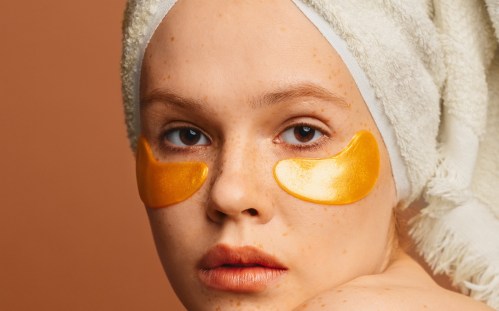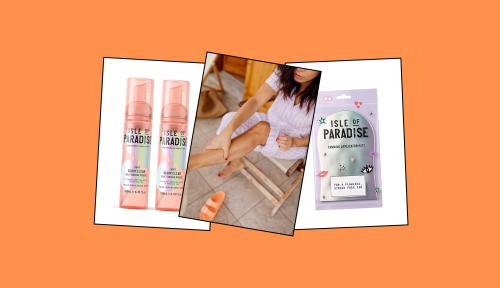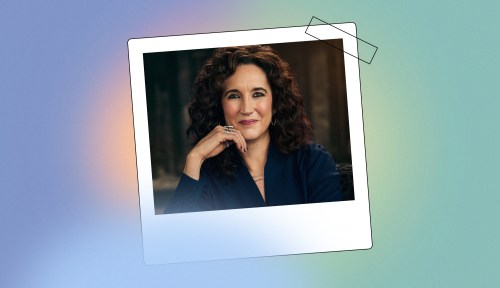Our editors independently select these products. Making a purchase through our links may earn Well+Good a commission
Whether sleep has been evasive or there’s a genetic predisposition at play, dark eye circles plague many—and this is doubly true during allergy season. And while it’s easy to write them off as a fact of life, there’s a lot that can be done to prevent and treat dark eye circles—but with varying degrees of success, says Shirley Chi, MD, a board-certified dermatologist in California.
Experts in This Article
board-certified dermatologist at Skin Wellness in Birmingham, Alabama
board-certified plastic surgeon and founder of Dr. Devgan Scientific Beauty
Maryland-based dermatologist
board-certified dermatologist specializing in medical and cosmetic dermatology
“There are many reasons why people have under-eye bags,” says Dr. Chi. Some of them are hereditary, some are related to discoloration, some are volume-related, and some are related to photoaging or wrinkles.”
Dermatologist Corey L. Hartman, Founder of Skin Wellness Dermatology in Birmingham, AL, adds that in addition to genetics, lifestyle factors like poor diet and lack of sleep can play a part, too. Still, it can be defeating to eat well, exercise, go to bed at a reasonable hour, and still wake up looking exhausted. Here, we take a closer look at how to manage dark under-eye circles and all the options available to make them disappear (or, at the very least, look less noticeable).
What causes dark circles under eyes?
Genetics
“The most common cause of dark circles is a mix of genetic and lifestyle factors,” says Dr. Hartman. “If your parents have dark circles, you likely will, too.” Still, the fact that they’re inherited won’t necessarily impact how they’re treated, though they may be harder to eliminate.
Skin Density
“Skin density also plays a role in developing under-eye circles,” says Dr. Hartman. “While skin density is usually genetic, thinner skin will show the natural blood flow under the skin more so than thicker skin.” This can lead to the under-eye appearing darker or more contrasted than the rest of the face. Because skin naturally thins as you age, older patients often experience loss of fat and collagen, making the reddish-blue blood vessels under your eyes more apparent, he adds.
Lifestyle Factors
“Unhealthy lifestyle factors that cause stress to the skin—smoking, excessive alcohol use, lack of sleep—can cause under eye circles, too,” says. Dr. Hartman.
Dr. Devgan adds that “extreme tiredness can cause your skin to become dull and pale, making dark tissues and blood vessels beneath your skin more visible”—especially when you’re dehydrated. Additionally, a diet high in salt and alcohol, as well as consistent sun exposure, can play a part, she adds. Plus, Dr. Devgan says, “Staring at your computer screen or television can cause significant strain on your eyes, making the blood vessels around your eyes to enlarge,” resulting in darkening around the eye. Go figure.
Allergies
It’s not just allergies themselves, but the chronic dry eye that can result from them that trigger or exacerbate dark circles, says Dr. Devgan. “When you have an allergic reaction, your body releases histamines, which can cause inflammation and swelling.” To add insult to injury, this can cause additional strain—another cause of dark circles.
Lentigo Maligna
If you’re only noticing under-eye darkness developing on one side, Maral Skelsey, MD, a board-certified dermatologist in Maryland, says you should make an appointment with your dermatologist. “There’s a thing called lentigo maligna on the face. They can show up as a dark patch, and it can be mistaken for dark under-eye circles, especially if it’s just one side versus both,” says Dr. Skelsey. “That’s something that you want to bring to the attention of a dermatologist because we’re seeing an increase in melanoma.”
How do you get rid of dark circles under your eyes?
For the quickest change—especially for someone who doesn’t have genetic dark circles—try getting to bed earlier, hydrating well, and cutting out excessive salt to start. Even nominal improvements may be enough. For more long-lasting changes, there are tons of options, says Dr. Devgan.
“Depending on your situation, you may consider something very conservative, like a topical product, something slightly more invasive, like a laser or a chemical peel,” says Dr. Devgan. “Another step up is an injectable, such as Botox or filler—and then finally, surgery,” Still, Dr. Devgan stresses that no topical product will function as well as an injectable or surgery, so it’s important to manage your expectations.
“For the best course of action, consulting with a dermatologist or plastic surgeon can help determine the most appropriate treatment based on the individual’s specific condition and goals.”
Treatment options for dark circles
Luckily, there are myriad treatment options for dark circles—but they do range widely. If you’re not looking for drastic results and just want something to help you look a bit more awake, there are some topical ingredients that can be helpful to treat genetic dark circles. Meanwhile, some derms may recommend lasers, filler, or even surgery depending on the severity and desired outcome.
Topicals
Topical treatments like eye creams or retinol are typically the second line of defense after lifestyle changes. “Antioxidants like green tea and vitamin C can help reduce the appearance of under-eye circles, and retinol is also extremely beneficial,” says Dr. Hartman, who calls the benefits of retinol “numerous and unparalleled. Retinol can help with under-eye circles by regulating cellular turnover and discoloration under the eye.”
For anyone with sensitive skin, Dr. Hartman recommends the common retinol alternative bakuchiol. “Bakuchiol can ease the appearance of under eye circles by shrinking blood vessels and it also helps reduce the appearance of fine lines and wrinkles.”
Similarly, Dr. Devgan recommends another ingredient that can do wonders, if only temporarily. “While no topical product can offer results comparable to injectables or surgery, caffeine can constrict blood vessels and reduce the appearance of dark circles.” If you need to check if a topical is working overtime, try taking photos on a weekly basis in the same light to compare. “Still, the efficacy of topical treatments will be much more modest compared to medical or surgical interventions.”
Lasers and Peels
Lasers and peels are two fairly common treatments for dark eye circles, which may offer a more long-term solution for those struggling with hyperpigmentation. “Professional laser treatments can help by boosting collagen production in the area, which can help reduce some of the peaks and valleys around the eyes that cause a shadow effect, as well as reducing hyperpigmentation at the skin’s surface,” says Dr. Hartman.
Dr. Devgan adds that while lasers can resurface the skin and reduce pigmentation and blood vessels, chemical peels may also reduce pigmentation, though to a lesser extent.
Fillers
For those with volume loss under the eyes, tear trough filler “can restore volume, making the area appear fuller and reducing the visibility of dark circles,” says Dr. Devgan, who calls filler “the best combination of minimally invasive and highly effective for the majority of patients in younger and middle ages.” It’s important to see a board-certified dermatologist for tear trough filler, as the eye area is incredibly delicate.
Dr. Hartman recommends SkinVive—”the only hyaluronic acid intradermal microdroplet injection for skin smoothness available in the U.S.”—by name. “The idea is that improved hydration and skin smoothness can reduce creping or shadows that can result in dark eye circles.
Surgery (Blepharoplasty)
For anyone who’s tried all of the above and continues to struggle with dark eye circles, surgery may be the best option. “There’s been an increase in the popularity of blepharoplasty, possibly due to its effectiveness in treating dark circles by removing excess skin and fat, leading to a more youthful appearance,” says Dr. Devgan, who says it’s best for individuals with significant bags under their eyes or those for whom non-surgical treatments have been ineffective. “Surgery remains the gold standard for almost all situations. This can include lower lid blepharoplasty, autologous fat grafting, fat repositioning, and erbium laser resurfacing.”
Can dark circles under eyes be prevented?
In short, the answer is no—but you may be able to slow them down, says Dr. Hartman. “Often, you can’t prevent dark circles, but you can slow down their progression by drinking plenty of water, getting 7-8 hours of sleep each night, and reducing overall stress by eating a healthy diet and getting regular exercise.” Regular use of retinol can also help with cell turnover and prevent dark under-eye circles from looking worse.
What do dermatologists recommend for dark circles?
While eye creams may not move the needle for anyone with severe under-eye circles, the right ingredients can help brighten and thicken skin if they’re used consistently, says Hartman.
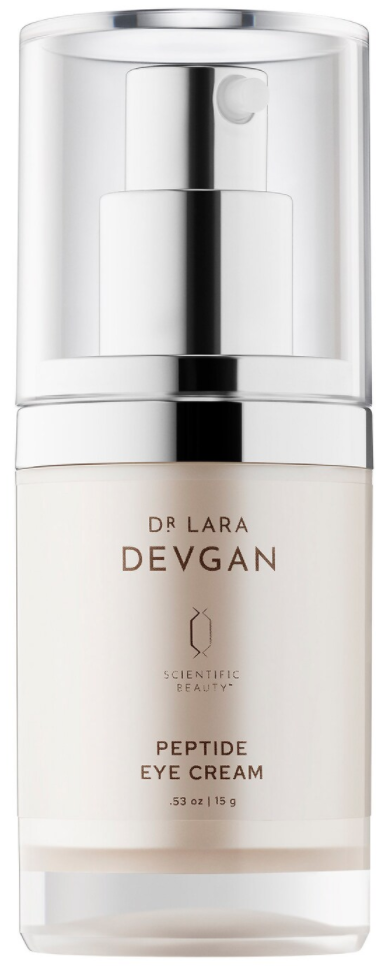
Dr. Lara Devgan Scientific Beauty Peptide Eye Cream — $215.00
“I happen to love my own peptide eye creams, which is a peptide-rich product that really nourishes the delicate tissues around the eyes,” says Dr. Devgan. “A great peptide-rich eye cream can improve the turgor of the skin around the eyes, which is the thinnest skin on the body.”
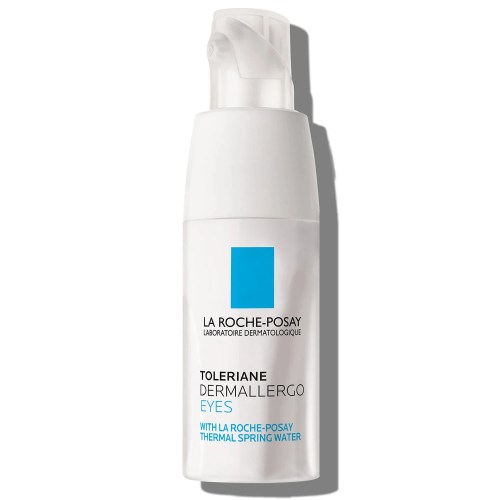
La Roche-Posay Toleraine Ultra Eyes — $30.00
“This uses caffeine to depuff and vitamin C to brighten,” says Dr. Hartman. “I’ve had patients tell me it layers well under makeup, which is especially important around the eye area where the skin is thinner and more prone to looking cakey with multiple layers of product.

Ilia Bright Start Retinol Alternative Brightening Eye Cream — $46.00
This brightening retinol alternative relies on sea fennel extract, avocado extract, caffeine, and peptides to brighten and firm skin.

Orvos Satin Eye Gel Cream — $110.00
“This antioxidant-rich gel has essential vitamins and aids in reducing inflammation, dark circles, and fine lines,” says Dr. Hartman. “It contains kakadu plum extract, which contains up to 55x the vitamin C than oranges and has natural antioxidant properties including stable vitamin C to help restore skin elasticity and protect from free-radical damage.”
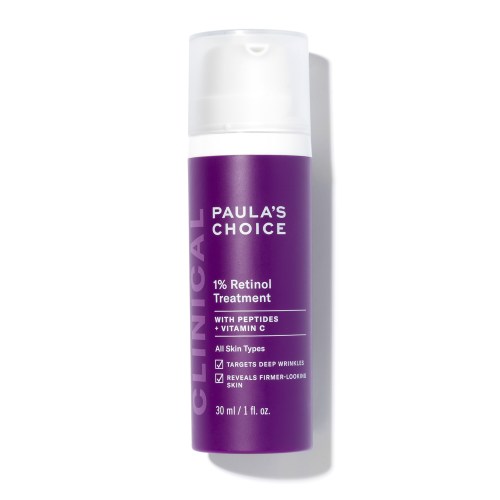
Paula's Choice 1% Retinol — $66.00
A brand beloved by editors and dermatologists alike, this OTC retinol is great for anyone who tolerates exfoliating products well. “Over-the-counter retinoids may help by promoting collagen production and cell turnover, potentially reducing the appearance of dark circles over time,” says Dr. Devgan.

Youth To The People 15% Vitamin C + Caffeine Energy Brightening Serum for Uneven Tone — $72.00
“Caffeine can constrict blood vessels and reduce the appearance of dark circles, and vitamin C can brighten the under-eye area and improve skin texture,” says Dr. Devgan. This serum has both.
Final takeaway
Dark circles are one of the trickier skincare concerns to treat, mainly because genetics, skin density, and even the environment all play a part in how they appear on your skin. If your concern is more severe, talking to a board-certified dermatologist who can recommend treatments like peels or injectables can be a good option. In more extreme cases, surgery is also the more effective route.
Still, if a poor night of sleep or bad allergies has your eyes looking drearier than usual, a good night’s rest and a good eye cream can do the trick. However, it’s important to manage your expectations though, since eye creams, while effective over time, aren’t instant miracle workers. So, you’ll want to use them consistently for best results.
Sign up for the Well+Good SHOP Newsletter
Get exclusive deals on wellness, beauty, fitness, and food products that have been hand-picked by our editors.
Got it, you've been added to our email list.
